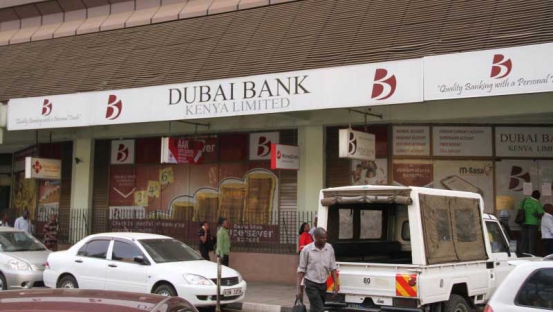×
The Standard e-Paper
Kenya’s Boldest Voice

The Central Bank of Kenya has been given the green light for the liquidation of Dubai Bank Kenya, which has been in receivership since August 2015.
The Court of Appeal last week threw out a High Court ruling that had stopped the regulator from shutting down the bank.